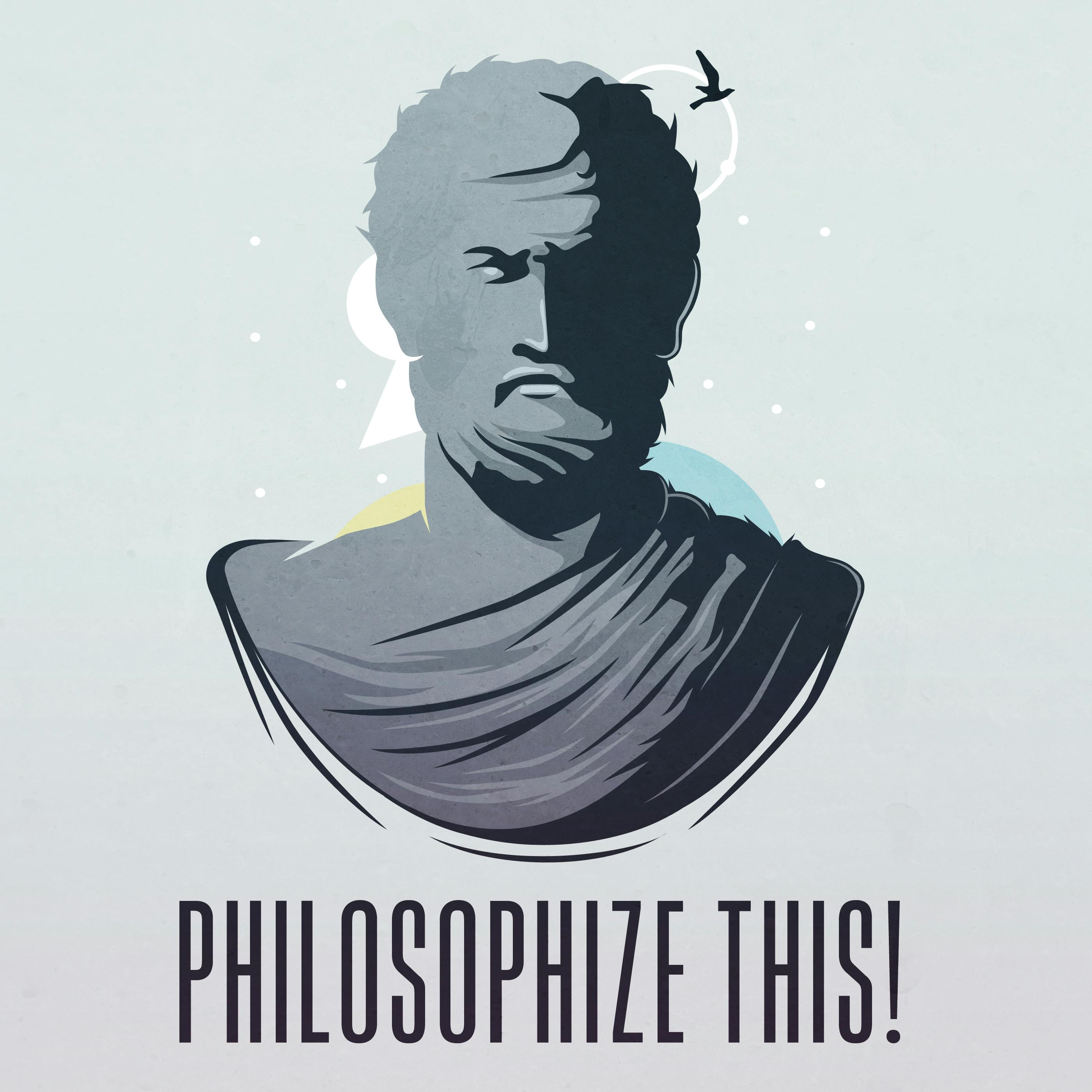Evolution of Elite Societies in Iron Age Italy
TLDR The Iron Age in Italy witnessed the transformation of village societies into urbanized, wealthy elite groups, setting the stage for Rome's emergence as a world power through social stratification, metalworking innovations, and trade connections with the Mediterranean and Europe.
Timestamped Summary
00:00
A powerful man is cremated in Iron Age Italy, marking the transition from village chieftains to a wealthy aristocracy.
04:25
The Iron Age in Italy saw the transformation of village societies into urbanized, wealthy, and powerful elite groups, setting the stage for the emergence of Rome as a significant world power.
08:35
Italy's geographic and cultural diversity, along with its regional connections to other parts of the Mediterranean and Europe, played a significant role in shaping the various trajectories of different Italian groups during the Iron Age.
12:33
Fratacina in Italy, during the Iron Age, was a significant site where elites with warrior status were buried, reflecting social stratification, metalworking importance, and acting as a hub for trade in multiple directions.
17:03
Fratacina in Italy was one of the first places to exhibit shifts associated with the Earnfield culture, including cremation burial rites for elites with distinctive grave goods, indicating the influence of external traditions on Italy during the transition from the Bronze Age to the Iron Age.
21:10
The linguistic diversity and material culture in Iron Age Italy were not always directly correlated, with various groups adopting different burial rites and languages, leading to a complex and fluid cultural landscape.
25:03
Iron Age Italy saw the development of cities, elite groups, powerful political units, and became a center of innovation in metalworking, attracting trade with Greeks and Phoenicians.
29:18
Different regions of Iron Age Italy, such as Latium and Atria, were developing their own distinctive material styles, languages, and ethnic identities, with the early Iron Age seeing the formation of proto-urban centers and powerful elite groups.
33:27
The nucleation of settlements in Iron Age Italy was driven by changing political, social, and military conditions, leading people to band together in safe, highly defensible locations, which eventually became the core areas of major cities like Tarquinia and Veii.
37:33
Proto-urban centers in Iron Age Italy developed due to internal processes such as state formation, elite growth, and economic intensification, rather than external influences like trade with the Aegean or the Levant.
41:34
Iron Age Italy was characterized by the development of proto-urban centers, a growing elite class, and internal competition between communities, rather than external influences driving trade with the Mediterranean.
Categories:
History
Society & Culture
 Prompt Cast
Prompt Cast


